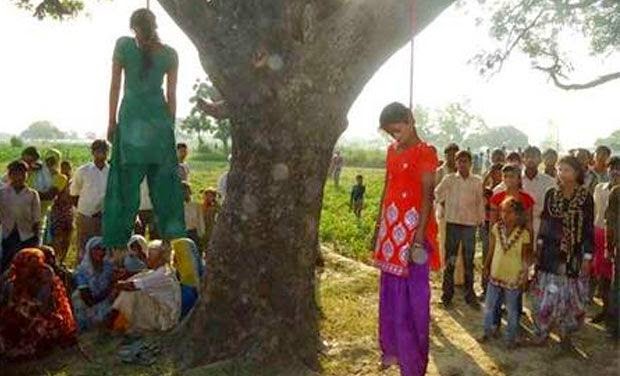Are people talking about gender violence in India?
At the end of 2012, the gang-rape in New Delhi, India received widespread international media attention. People around the world held their breath to hear about the fate of the brave, suffering girl in India who had been brutally beaten, raped, and left to die naked on the side of the road. The media awarded her epithets like Nirbhaya (Fearless) and Damini (Lightning). Her tragic death mobilized protesters and cries for legislative change all over India, and thanks to the widespread outcry, gender violence became part of the daily dialogue in India. A fast-track court was set up for her case, and within months all the assailants were found guilty.1 Now that two years have passed since this jarring incident, an increasing number of sexual assault cases are reported in India, but the work needed to improve gender relations is far from complete.
Fortunately in the past two years, the lid on gender violence in India has been blown wide open…… or at least been cracked a little? A girl in India is raped every 22 minutes according to India's National Crime Records Bureau, and this is a soft estimate because most cases still aren’t reported. Furthermore, those that are reported don’t paint a good picture:

On May 28, 2014, two teenage girls were raped and hung in northern India due to their perceived lower caste.2 In June, a female judge in the state of Uttar Pradesh was sexually assaulted inside of her well-protected house.3 In mid-May, an Indian court ruled that forced marital sex isn’t rape.4 In his ruling, one of the judges wrote, “Girls are morally and socially bound not to indulge in sexual intercourse before a proper marriage, and if they do so, it would be to their peril and they cannot be heard crying later that it was rape.” Embarrassingly enough, these warped mindsets are pervasive throughout India. In a culture that worships numerous powerful female deities and finds cows scared due to their maternal role (milk gives life, etc.) you’d expect that women would be held in higher regard in Indian society. Female infanticide is still rampant in some pockets of India, and mothers aren’t given the choice to fight for their babies. Unfortunately entrenched patriarchal mindsets rear their ugly heads when some weak men vent their aggression on innocent women. Instead of treating women as equals, some men are taught that women are simply there for their pleasure. However, not all (I would even argue not the majority of) men in India today share this view. These are remnants of an obsolete generation’s set of worldviews.
Obviously, all of these events of the past two years caused huge outrage in India’s increasingly modern and liberal young generation. People took to Facebook and Twitter to demonstrate their frustration, and even India’s newest Prime Minister, Narendra Modi, was elected on the basis of promises of increased legislative protection. Rousing speeches were given, but have any new bills been passed? I haven’t heard of anything. Laws won’t change until social attitudes do, and those won’t change until more people feel comfortable reporting instances of sexual abuse to the police. It’s a catch-22 because the same social stigma that prevents people from talking to authorities is what re-entrenches patriarchal mindsets. Popular Bollywood celebrity Aamir Khan addressed this problem of sexual violence in his informative, fact-based TV show Satyamev Jayate, which identified male aggression as the root cause of gender violence in India. He also presented that lack of confidence in the police system prevented many women from telling their stories to the authorities.
So then what’s the answer to the question I’m trying to ask in this post? People ARE finally talking about sexual assault and rape in India, but not nearly as much as they could be and not quite as effectively as they should to reverse the tide of gender violence. Whether you want to look at this as glass half full or half empty, there’s still half a glass missing. There’s a lot of work left to be done to effectively deal with gender issues in India, and it all starts by changing minds.
References
1. Singh, Smriti. "Delhi Gang Rape: Case Diary - The Times of India." The Times of India. INDIATIMES, 13 Sept. 2013. Web. 05 Jan. 2015.
2. Singh, Harmeet S., and Greg Botelho. "Alleged Gang Rape, Hanging of 2 Girls in India Sparks Global Outrage." CNN. Cable News Network, 30 May 2014. Web. 05 Jan. 2015.
3. Agha, Eram. "Bid to Rape Aligarh Judge at High-security Home - The Times of India." The Times of India. N.p., 4 June 2014. Web. 5 Jan. 2015.
4. Vyawahare, Malavika. "Indian Court Says Forced Marital Sex Is Not Rape."The New York Times. The New York Times, 12 May 2014. Web. 5 Jan. 2015.
